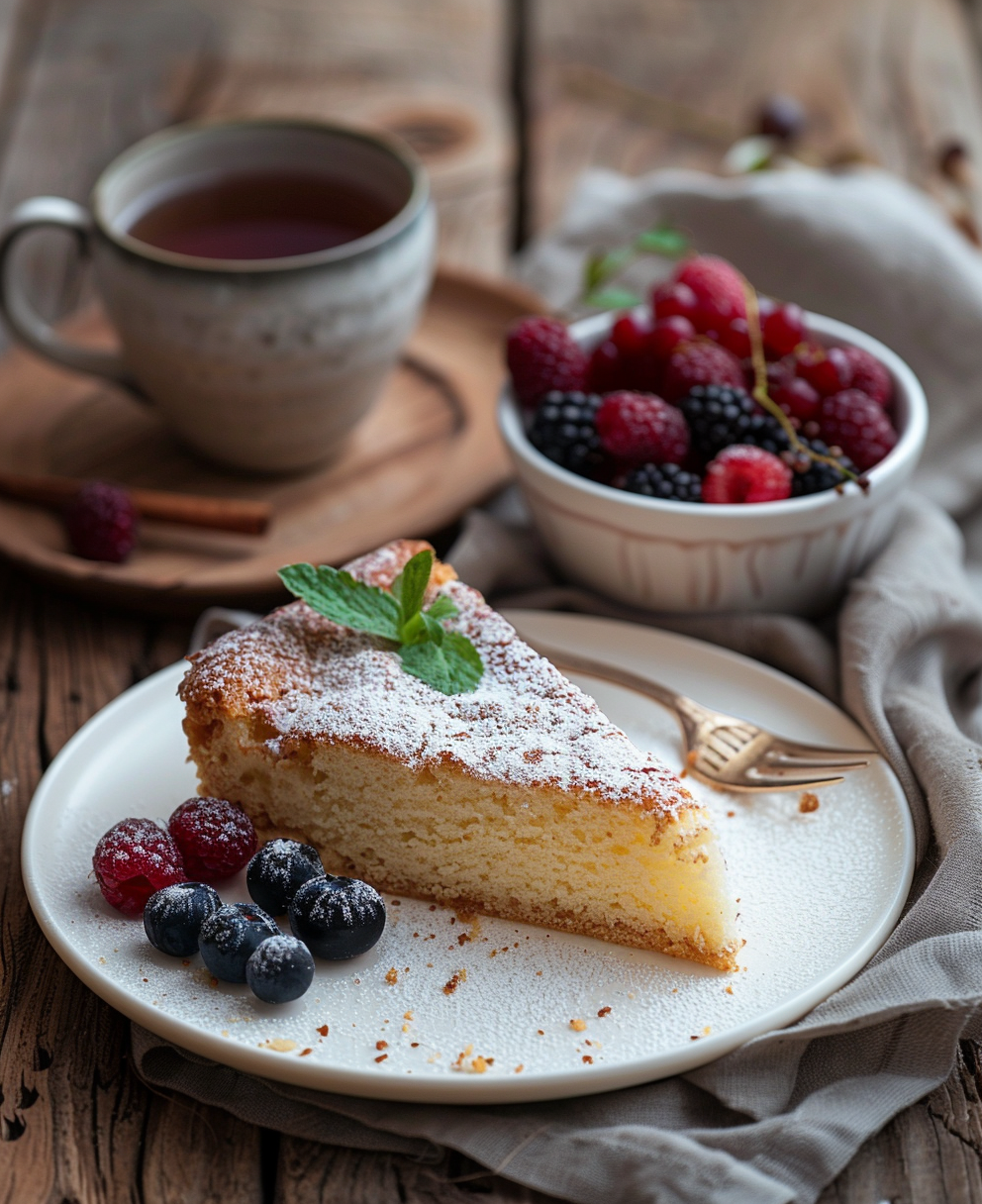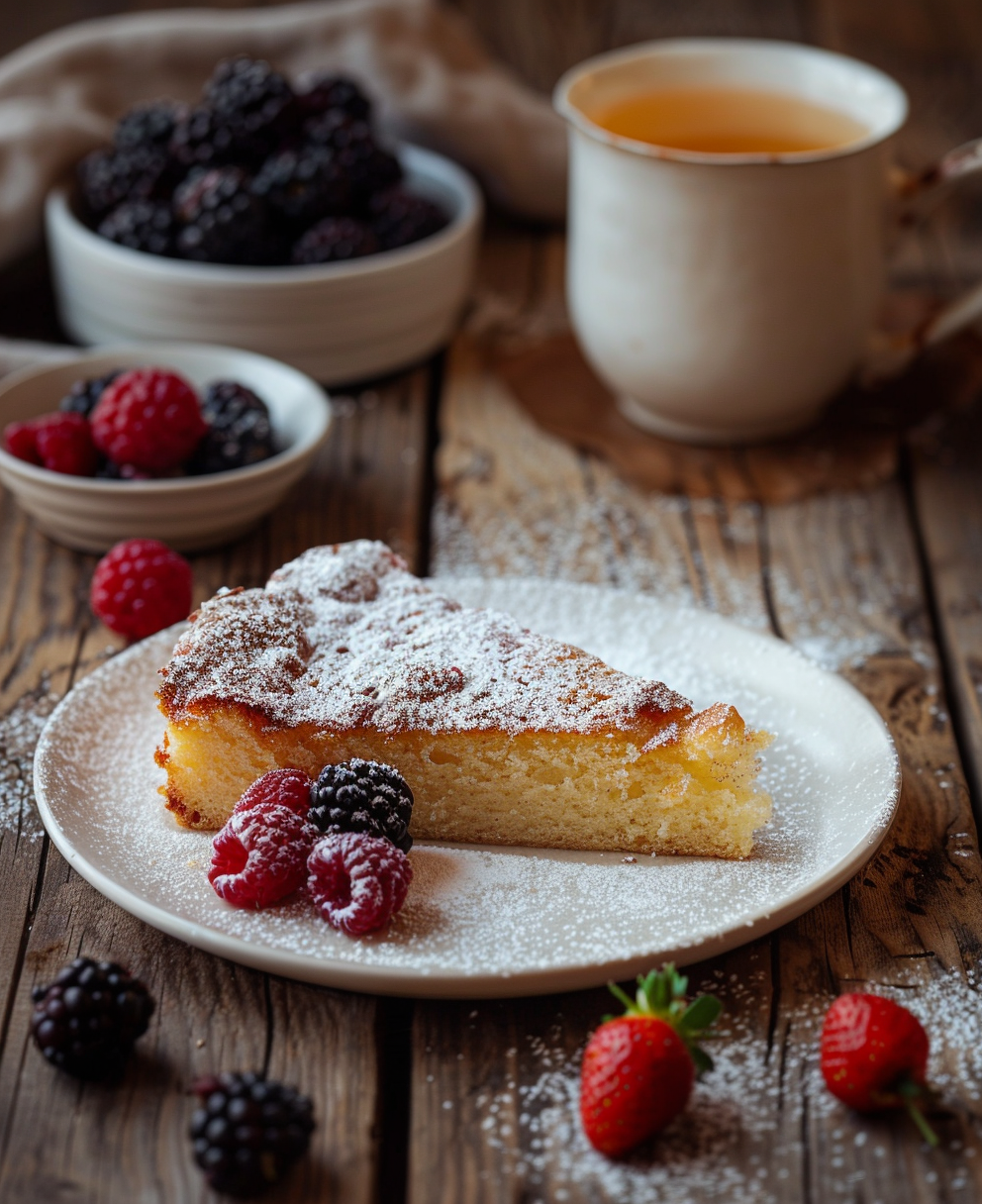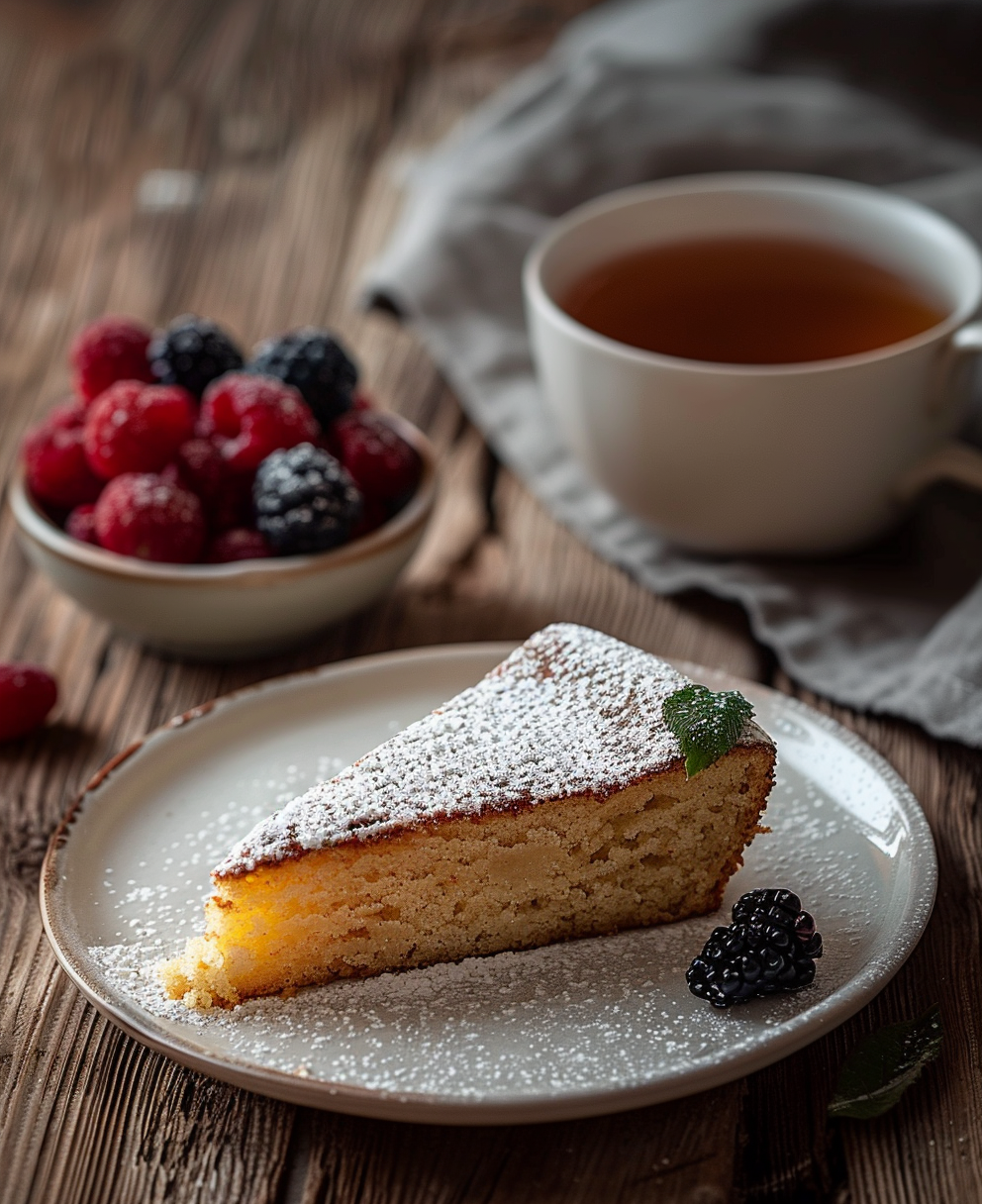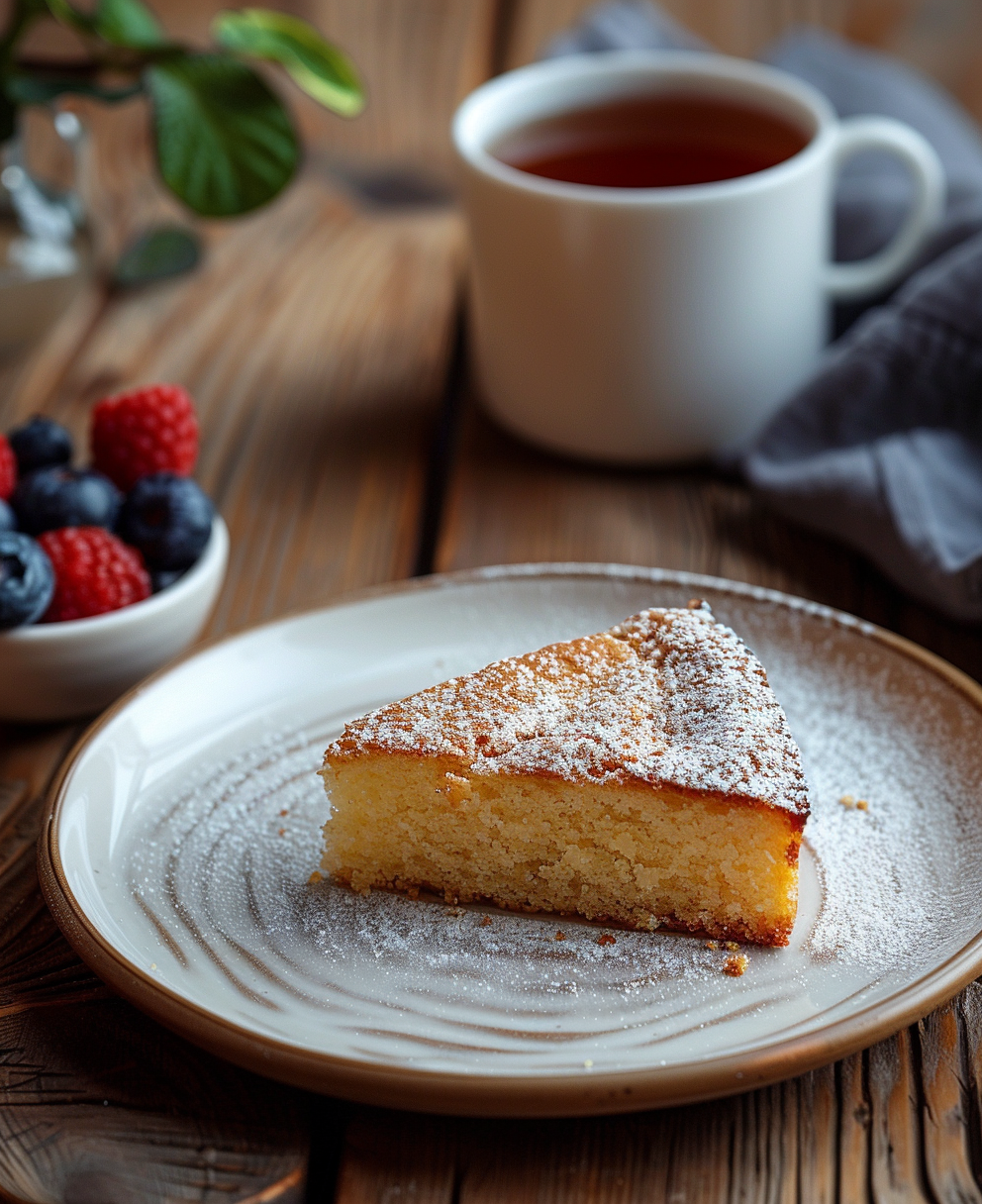
Why This Crumbly Cake Recipe is a Must-Try
Picture this: you slice into a cake, and instead of smooth layers, you’re greeted by a delightful crumble that melts in your mouth. That’s the magic of a crumbly cake. I remember the first time I baked one—it was an accident, really. My kids were clamoring for dessert, and I forgot to add enough liquid to the batter. What came out of the oven was a cake so tender it practically fell apart. But oh, the taste! Since then, I’ve perfected this recipe, and now it’s a family favorite. Whether you’re fixing a cake too crumbly to frost or just craving something unique, this guide has got you covered.
A Little History Behind the Crumbs
The concept of a crumbly cake isn’t new. Think of classic shortbread or buttery pound cakes—these treats have always celebrated texture over perfection. Over time, bakers started embracing the beauty of imperfection, creating recipes that highlight crumbles rather than smooth finishes. From British tea cakes to Southern cornmeal cakes, crumbly textures have been cherished across cultures. My version adds a modern twist with a touch of spice and a hint of citrus, making it versatile for any occasion.
Why You’ll Love This Recipe
This crumbly cake recipe is simple, forgiving, and packed with flavor. The texture is light yet satisfying, and the aroma while baking will make your kitchen smell like a cozy bakery. Plus, it’s perfect for beginners because even if your cake falls apart when cutting, it still tastes amazing. Whether you’re dealing with a cake too dense and rubbery or one that’s overly moist, this recipe strikes the perfect balance every time.
Perfect Occasions for This Crumbly Cake
This cake shines at casual gatherings, afternoon teas, or as a comforting dessert after a hearty meal. It’s also great for potlucks since it travels well and doesn’t require frosting. If you’re wondering what to do with dry cake leftovers (though that won’t happen here), simply turn them into crumbs for toppings or mix them into ice cream!
Ingredients
- 1 cup all-purpose flour
- 1/2 cup granulated sugar
- 1/4 cup unsalted butter, softened
- 2 large eggs
- 1 teaspoon vanilla extract
- 1/2 teaspoon baking powder
- Pinch of salt
- Zest of 1 lemon
- Optional: 1/4 cup powdered sugar for dusting
Substitution Options
- Use almond flour instead of all-purpose flour for a gluten-free option.
- Swap granulated sugar for coconut sugar for a deeper flavor.
- Replace butter with coconut oil for a dairy-free twist.
- Add orange zest instead of lemon for a different citrus kick.
Preparation Section
Step 1: Preheat and Prep
Start by preheating your oven to 350°F (175°C). Grease a small loaf pan with a little butter or line it with parchment paper. This ensures your cake won’t stick, which is crucial if your cake falls apart when cutting. Pro tip: Use a light-colored pan to prevent the edges from browning too quickly.
Step 2: Cream Butter and Sugar
In a mixing bowl, beat the softened butter and sugar until pale and fluffy. This step is key to achieving that melt-in-your-mouth texture. Imagine the soft whirring sound of your mixer blending these two ingredients into a creamy cloud—it’s almost meditative. If you find your cake too crumbly to frost, skipping this step might be why.
Step 3: Add Eggs and Flavor
Crack in the eggs one at a time, beating well after each addition. Stir in the vanilla extract and lemon zest. The zest should release a burst of fresh fragrance, making your kitchen smell divine. Chef’s tip: Always use room-temperature eggs for better emulsification, which prevents the batter from becoming too crumbly.
Step 4: Combine Dry Ingredients
In another bowl, whisk together the flour, baking powder, and salt. Gradually fold this mixture into the wet ingredients. Be gentle—you don’t want to overmix, which can lead to a cake too dense and rubbery. The batter should resemble soft cookie dough.
Step 5: Bake to Perfection
Pour the batter into your prepared pan and smooth the top. Bake for 25–30 minutes or until a toothpick inserted comes out clean. Let the cake cool completely before slicing. Cooling helps stabilize the structure, reducing the risk of crumbling.
Timing
Prep Time: 10 minutes
Cooking Time: 25–30 minutes
Resting Time: 15 minutes
Total Time: 50–55 minutes
Chef’s Secret
For extra richness, brush the cooled cake with a simple syrup made from equal parts sugar and water. This not only enhances flavor but also helps bind the crumbs together if your cake is too crumbly.
Extra Info
Did you know that lemons are often used in baking because their acidity balances sweetness? In this recipe, the lemon zest adds brightness without overpowering the delicate crumbs.
Necessary Equipment
- Mixing bowls
- Electric mixer
- Loaf pan
- Measuring cups and spoons
- Whisk
- Toothpick or cake tester
Storage
To keep your crumbly cake fresh, store it in an airtight container at room temperature for up to 3 days. For longer storage, wrap individual slices in plastic wrap and freeze. When ready to enjoy, let them thaw at room temperature.
If your cake feels dry, place a slice of bread in the container overnight. The cake will absorb moisture from the bread, reviving its texture. This trick works wonders for how to fix a dry cake.
Avoid refrigerating unless absolutely necessary, as cold air can dry out the cake further. Instead, opt for a cool, dark spot in your pantry.
Tips and Advice
Always measure your flour correctly by spooning it into the measuring cup and leveling it off. Too much flour can cause a cake too dense and rubbery. For a lighter texture, sift the flour before adding it to the mix.
Presentation Tips
- Dust with powdered sugar for a rustic look.
- Serve with a dollop of whipped cream or a scoop of vanilla ice cream.
- Garnish with fresh berries for a pop of color.
- Layer slices with fruit compote for a fancy dessert.
Healthier Alternative Recipes
1. Whole Wheat Crumbly Cake: Substitute half the all-purpose flour with whole wheat flour for added fiber.
2. Low-Sugar Option: Reduce sugar by half and add mashed bananas for natural sweetness.
3. Vegan Version: Replace eggs with flaxseed gel and use plant-based butter.
4. Nutty Delight: Fold in chopped almonds or walnuts for crunch.
5. Chocolate Lover’s Twist: Add cocoa powder for a rich chocolate flavor.
6. Spiced Cake: Mix in cinnamon, nutmeg, and cloves for warmth.
Common Mistakes to Avoid
Mistake 1: Overmixing the Batter
Overmixing develops gluten, leading to a tough, dense cake. To avoid this, stir just until the ingredients are combined. Pro tip: Stop mixing as soon as you no longer see streaks of flour.
Mistake 2: Skipping the Cooling Step
Rushing to cut the cake while it’s still warm can cause it to fall apart. Patience pays off—let it cool completely on a wire rack before slicing.
Mistake 3: Using Cold Ingredients
Cold eggs and butter won’t blend properly, resulting in uneven texture. Take these ingredients out of the fridge ahead of time to bring them to room temperature.
FAQ
What does it mean if your cake is crumbly?
A crumbly cake usually means there’s too much flour or not enough liquid in the batter. It could also result from overbaking. To fix, try brushing the cake with simple syrup to add moisture back into the crumbs.
How do you fix a crumbly cake?
Brush the cake with a thin layer of simple syrup or milk. Alternatively, serve it with a sauce or frosting that binds the crumbs together.
How to get crumbly cake?
Use less liquid in the batter and avoid overmixing. Adding a bit of cornstarch can also enhance the crumbly texture.
What are the causes if the batter is too crumbly?
Too much flour, insufficient wet ingredients, or undermixing can all contribute to a crumbly batter. Adjust proportions carefully and ensure proper blending.
Why is my cake dry?
Dry cakes often result from overbaking or using too much flour. Measure ingredients accurately and check doneness early to prevent this issue.
Can I save a cake that’s too moist?
Yes, bake it for a few more minutes to evaporate excess moisture. Alternatively, turn it into trifle or pudding.
Is crumbly cake still edible?
Absolutely! Crumbly cake is often more flavorful and tender. Just adjust serving methods, like pairing it with sauces or dusting with sugar.
Should I frost a crumbly cake?
It depends. A thick frosting can help hold the crumbs together, but a light dusting of powdered sugar may be better for showcasing the texture.
What tools help prevent a crumbly cake?
An electric mixer ensures proper creaming, while accurate measuring tools help maintain ingredient ratios.
Can I freeze crumbly cake?
Yes, wrap slices tightly in plastic wrap and freeze for up to 3 months. Thaw at room temperature before serving.
Final Thoughts
Baking a crumbly cake is less about perfection and more about embracing texture and flavor. With this guide, you’ll master the art of creating a cake that’s both delicious and forgiving. So grab your apron, gather your ingredients, and let’s get baking!

Equipment
- Mixing bowls
- Electric mixer
- Loaf pan
- Measuring cups and spoons
- Whisk
- Toothpick or cake tester
Ingredients
- 1 cup all-purpose flour
- 1/2 cup granulated sugar
- 1/4 cup unsalted butter softened
- 2 large eggs
- 1 tsp vanilla extract
- 1/2 tsp baking powder
- a pinch salt
- zest of 1 lemon
- 1/4 cup powdered sugar for dusting (optional)
Instructions
- Preheat your oven to 350°F (175°C) and grease a small loaf pan or line it with parchment paper.
- In a mixing bowl, beat the softened butter and sugar until pale and fluffy.
- Crack in the eggs one at a time, beating well after each addition, then stir in the vanilla extract and lemon zest.
- In another bowl, whisk together the flour, baking powder, and salt. Gradually fold this mixture into the wet ingredients.
- Pour the batter into the prepared pan and smooth the top. Bake for 25–30 minutes or until a toothpick inserted comes out clean. Let the cake cool completely before slicing.



